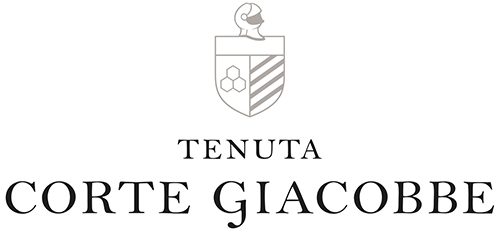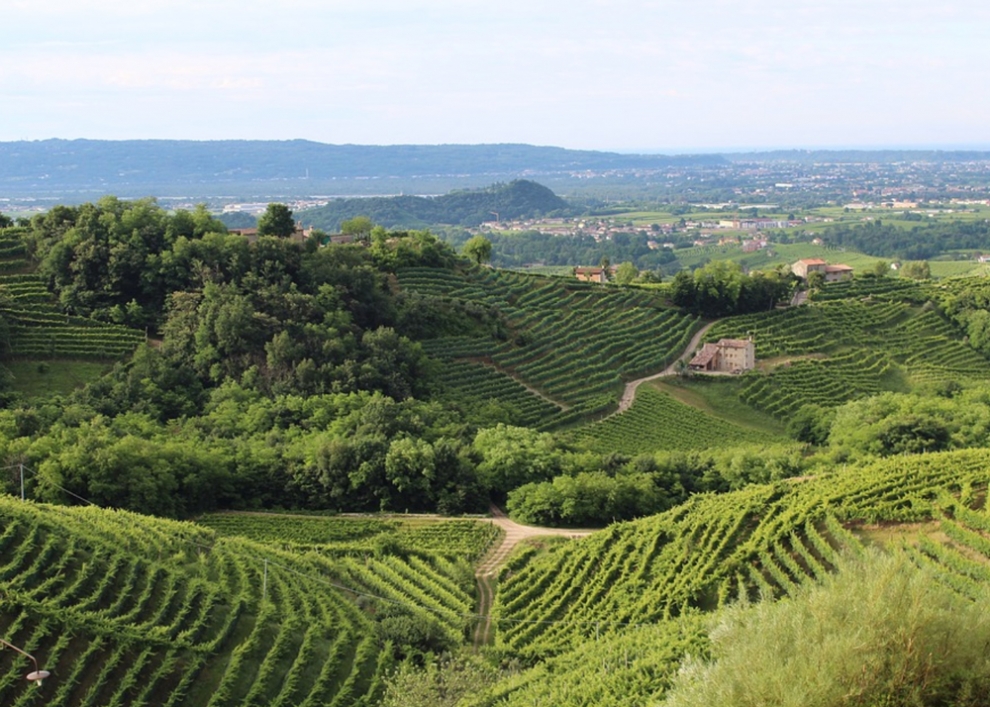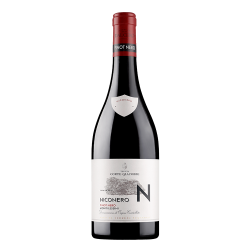Wines
Soave - Roncà Monte Calvarina doc
Straw yellow with pale greenish highlights. On the nose, multi-faceted fragrances of plum and citron, tropical fruit and apricot, flanked by smooth chalk and emphatic wild herbs. Appealing and well-balanced on the palate, pushing through to a crisp finish hinting of bitterish almond. It displays a vibrant vein of minerality, gift of its valley terroir of origin.
| DENOMINATION | Soave DOC |
| GRAPES | Garganega 100% |
| YIELD | 45 Q.li/Ha |
| GROWING AREA | Vineyards in the hills area of Roncà, on the slopes of two extinct volca- noes, Calvarina and Crocetta, east of the town of Soave. |
| TRAINING SYSTEM | Guyot, planted to densities of 4-5,000/vines/hectare. |
| HARVEST PERIOD | After a painstaking quality check, the clusters are picked exclusively by hand, generally in the last week of August. |
| VINIFICATION | After the clusters are gently pressed, the must is gravity-settled for cla- rity, then inoculated with cultured yeasts; it ferments at a temperature of 13°C in order to preserve the classic varietal fragrances. |
| MATURATION | A minimum of 3 months in steel tanks, with once-weekly bâttonage of the fine lees, followed by a minimum of 45 days’ bottle-ageing. |
| SENSORY PROFILE | Appears a luminous straw yellow with green highlights. On the nose, beguiling scents of blossoms and fruit, such as syrupped pear and banana. In the mouth, fine mineral salt-acidity balance, with a lengthy, vibrant vein of earthy minerality, gift of its valley terroir of origin. |
| SERVING SUGGESTIONS | Antipasti, lighter meats, fish. |
| SERVING TEMPERATURE | 10-12 C |

Tenuta Corte Giacobbe
The vineyards surrounding the ancient Corte Giacobbe are located on the slopes of two extinct volcanoes, Calvarina and Crocetta: soils generally of volcanic origin, composed of lava and tuff, rich in micro-elements.
In the estate's own vineyards, Garganega, Durella, Pinot Noir and Pinot Grigio vines are cultivated under the careful care of the Dal Cero family.
The particular geological history characteristically influences the mineral and organic constitution of the berries, determining the strong aromatic and mineral characteristics of the grapes and the pleasant sapidity of the wine.
Specifically, Corte Giacobbe's Cru wines are the fruit of vineyards grown on the volcano's summit in soil characterised by high mineral content.

Veneto
Veneto’s wines are some of Italy’s best known exports – the names of Soave, Bardolino and Valpolicella have long been associated with eminently drinkable Italian wines. Yet there is a lot more to this region, and indeed a lot more behind the names of its best known wines. With 26 DOCs and 13 DOCGs, Venice’s region has a substantial production of quality wine, as well as well-priced easy-drinking reds and whites bottled as IGTs. One of Italy’s most interesting wines is a product of these three grapes, the deep, dark Amarone della Valpolicella, recently promoted to DOCG status. Made from partly dried grapes in the vineyards north of Verona, it is a structured, complex and heady wine capable of great age that has gained a cult following among the wine industry’s elite.
In Treviso, north of Venice, are the towns of Conegliano and Valdobbiadene where the popular bubbly Prosecco is made using the Charmat method where the second fermentation takes place in large tanks.
In 2009 Prosecco di Conegliano e Valdobbiadene has become DOCG, encouraging reduced yields in the vineyards. Prosecco is also produced in the neighbouring Montello e Colli Asolani zone. White wines from Pinot Grigio, Sauvignon and Chardonnay are gaining in popularity and recent versions are responding well to oak ageing.


